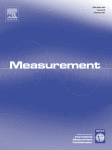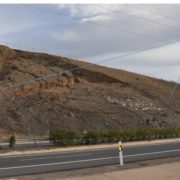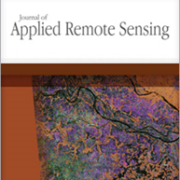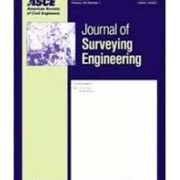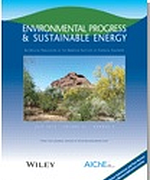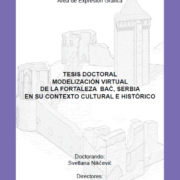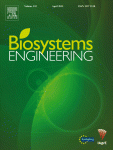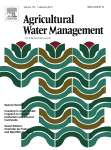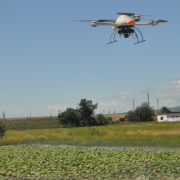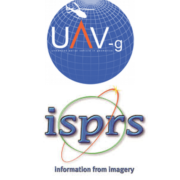En los últimos años, se viene comprobando la necesidad de registrar el patrimonio cultural, gráfica y numéricamente, bien para su estudio, rehabilitación o conservación. Uno de los métodos utilizados para este fin es la Fotogrametría, terrestre o aérea, como uno de los procedimientos más adecuados para realizar el inventario de los bienes.
Fotogrametría es el arte, la ciencia y la tecnología de obtener información confiable de objetos físicos y su entorno, mediante el proceso de exponer, medir e interpretar tanto imágenes fotográficas como otras, obtenidas de diversos patrones de energía electromagnética y otros fenómenos.
Es una técnica inocua, de rápida ejecución y con una gran cantidad de información obtenida en poco tiempo. Una disciplina que crea modelos en 3D a partir de imágenes 2D, para así obtener características geométricas de los objetos que representan, mediante el uso de relaciones matemáticas establecidas en la geometría proyectiva, y de la visión estereoscópica que posee en forma natural el ser humano. Ya que las imágenes de los objetos son obtenidas por medios fotográficos, la medición se realiza a distancia, sin que exista contacto físico con el objeto. Y esto es muy importante cuando se trata de patrimonio cultural, porque en muchos casos es posible empeorar su estado con contacto físico.
El complejo cultural e histórico Fortaleza Bač es un bien cultural único y sirve como testimonio de las relaciones entre el hombre y la naturaleza en un período ininterrumpido de largo de tiempo. Es uno de los once tales unidades catalogadas como monumentos de gran valor en la República de Serbia.
El estado real en el campo no refleja la importancia de este bien cultural. Las actividades de investigación y protección se han llevado a cabo desde finales de 1950 hasta hoy, con algunos períodos de interrupciones. Durante este tiempo, los enfoques y las circunstancias de las obras realizadas fueron cambiando constantemente.
Lo que no ha cambiado – es la creencia profesional que es un patrimonio muy valioso.
El área protegida abarca la pieza elevada de la tierra dentro de un meandro del río Mostonga y consta de dos áreas más pequeñas interconectadas: la fortaleza – más precisamente, un castillo con una barbacana (siglo XIV al XVI) y el suburbio al que se puede acceder a través de la torre de la puerta.
La estructura de este complejo se ha mantenido prácticamente sin cambios durante seis siglos todo este tiempo, a pesar de su rica historia. Fortaleza Bač desde su demolición en 1705, no cambio en casi nada, y después de la reorganización en el siglo XV no tenía una importante actualización. Hoy en día se conserva una silueta fácilmente reconocible de las ruinas de una fortaleza medieval. Aunque llamativo y en el estado actual, este edificio debe ser preservado como un monumento de gran importancia.
Después de la demolición de la fortaleza, en 1758, la zona del suburbio se dividió en lotes para la construcción de viviendas y, en la actualidad, es un conjunto de 36 hogares.
Desde 2003, las investigaciones sistemáticas se han llevado a cabo como trabajos de la restauración y revitalización sobre la fortaleza, la aplicación de los principios de protección integrados. Algunas investigaciones de suburbio también se han llevado a cabo. A continuación, se hicieron estudios de protección, de complejo e instalación del agua alrededor de la antigua “ciudad del agua”.
Por todo expuesto se ha decidido hacer la Modelización Virtual de esta Fortaleza tan importante en contexto histórico y cultural, que durante siglos servía a los reyes húngaros y sultán turco.
El objetivo general de esta tesis es análisis de la técnica de Fotogrametría en el Modelado 3D de patrimonio cultural y la comprobación de eficacia mediante su aplicación en caso concreto de la Fortaleza de Bač.
El proyecto se llevó a cabo empleando la técnica de Fotogrametría terrestre y aérea y luego procesando las fotos obtenidas en el software Photoscan para finalmente obtener el modelo 3D. Durante la toma de fotos se han medido coordenadas de puntos de apoyo (GCP) y puntos de control (CP) que luego servían para georreferenciar el modelo y medir error (RMSE). Como el paso final se hizo presentación interactiva con fin de difundir y acercar este patrimonio cultural a muchas más personas por la red de internet.




